
Designing Haptics for Multichannel Device | Project Esther
In the latest rendition of CES , Razer showcased Project Esther : The world’s first HD Haptics Gaming Cushion. Interhaptics is a software company specializing
The haptics term comes from the Greek “haptikos” meaning “concerning the sense of touch”. In the tech world haptics identifies all the technologies that provide the sensation of digital touch feedback, also called haptic feedback.
Haptics is a particular technology because it is bidirectional. It involves an action (interaction) and a reaction (haptic feedback). Specifically, the action is the intention of the user to interact with a haptics-enabled content. The reaction is the haptic feedback that the digital content transmits to the user.
This is one of the key aspects of haptics: interaction is almost as important as the haptic feedback. Haptics is successful when it is included in the design process of your applications.
Haptic feedback covers a wide range of possible stimulation embodiments but is broadly divided into tactile haptics technology and kinesthetic haptics technology. Tactile haptic feedback refers to sensations such as vibration, friction, or micro-deformation. Kinesthetic haptic feedback refers to sensations that provide force sensations that can stimulate both mechanical stimuli as well as stimuli related to the position and the movement of the body.
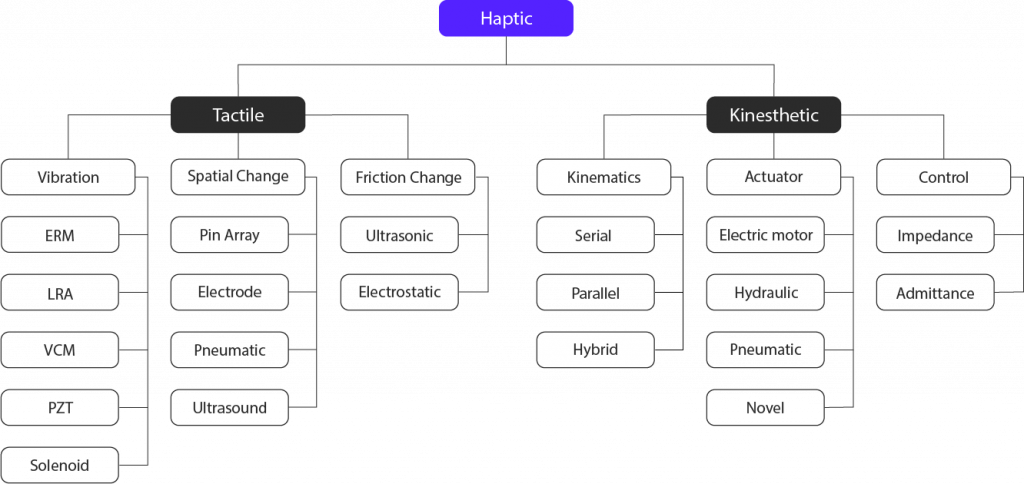
Source: Haptics Industry Forum
Tactile Haptics Technologies
Haptics technologies relying on tactile stimulation tend to transmit a mechanical stimulus to the skin of humans. These technologies are divided in:
The most widespread are vibrational haptics technologies that power the beloved rumble of the DUALSHOCK™4 for PlayStation®4 each and every phone and smartphone since the Nokia 3310.
They are also the most used technology in Haptics for Extended Reality applications and are included in all the VR controllers, like the quest pro controllers, and most of the VR gloves available on the market today, like the Senseglove.
Vibrotactile
Vibrotactile technology is probably the most widespread kind of technology used in haptics devices. Typical solutions include the rumble-like feeling of ERMs (Eccentric Rotating Mass) towards more expressive LRAs (Linear Resonant Actuators), and large bandwidth actuators like VCM (Voice Coil Motors), or PZT (Piezoelectric Actuators). Devices equipped with these actuators are able to consistently deliver vibration patterns, which are useful to enhance user experience during interactive scenarios. Vibration effects can be thought of as a kind of audio for the skin.
Vibrotactile technologies have been implemented in gaming peripherals since long time, it is used in both console, pc, and VR gaming systems. Some of the well known vibrotactile peripheral for gaming are:
For VR gaming, there is a large number of haptics peripherals which can create delightful gaming experiences for VR. Some of them are:
In an enterprise VR application, vibration actuators are typically used for surface texture and to substitute for more expensive and complex force-feedback systems. These technologies are usually coupled with finger and hand tracking technologies for VR glove implementation.
Example of vibrotactile based devices for enterprise VR are:
Kinesthetic Haptics Technologies
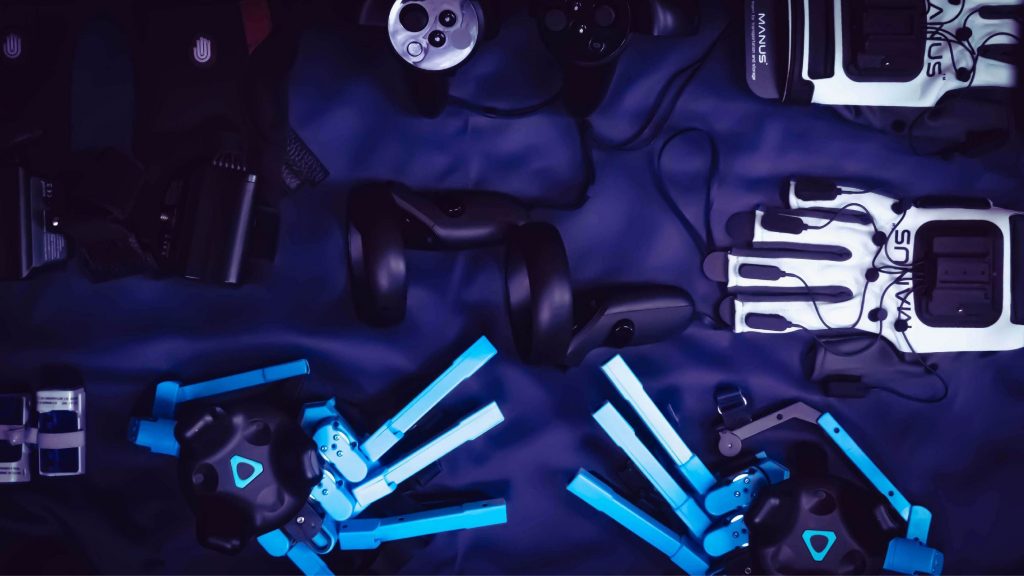
These haptics technologies work by exercising a force on the user impeding a limb movement. They are not usually felt on the skin, but mainly on the muscles and tendons. The main field of applications is simulators where they serve to mimic the real behavior of a system. Their implementation is usually quite cost intensive and reserved to business applications.
A notable difference is the DualSense™ wireless controller for PlayStation®5 consoles launched for gaming applications.
There is an effort to democratize such technologies for Virtual Reality applications. Actors like Haptix and Senseglove are introducing these technologies for larger market segments
Resistive Force Feedback
Resistive force feedback is used in haptics exoskeletons and gloves to impede the movement of the fingers in virtual reality. Resistive devices act as a kind of brake for finger or body motion. They are usually used to simulate manipulation gestures, and they are effective at enhancing the realism of the hand interactions. Resistive force feedback devices are typically based on electromechanical brakes which increase the friction of a sliding cable. The modulation of the friction allows modification of the resistive force experienced by the users. They are usually coupled with finger and hand tracking technologies.
Example of resistive force feedback devices are:
Active Force Feedback
Active force feedback is used in haptics exoskeleton, gaming controllers and handheld haptics devices to apply an active force on the user’s articulations or fingers. This type of feedback is normally based on electromechanical motors actively applying a force to the user’s body part. This force simulates an interaction with a virtual object; or simulates a realistic interaction with a specialized haptics device like a haptics-enabled rifle or flight stick.
They are effective to simulate manipulation tasks and interaction with non-static virtual objects (ex: holding a beating heart), and to simulate realistic behavior of simulated interfaces.
They tend to be more fragile compared to resistive or vibrotactile devices due to a more complex mechanical implementation. They are also normally the most expensive option and the most complex to integrate into a virtual reality simulation.
Examples of active force feedback devices are:
Skin Indentation
Skin indentation devices are used to selectively compress the user’s skin to create the sensation of interacting with objects. Skin indentation devices can be used to render vibrations pattern, textures, or light forces perception, giving them a large spectrum of expressivity.
Examples of skin indentation devices are:
The role of Interhaptics
Interhaptics is a software stack allowing designer and developer to simply implement haptics independently to the underlying technology. Interhaptics abstracts the representation of the haptics effect and allow a unique software stack to manage all the complexity. Interhaptics leverage the Interhaptics Engine to simplify the life of the implementers and separate the device layer form the implementation layer.
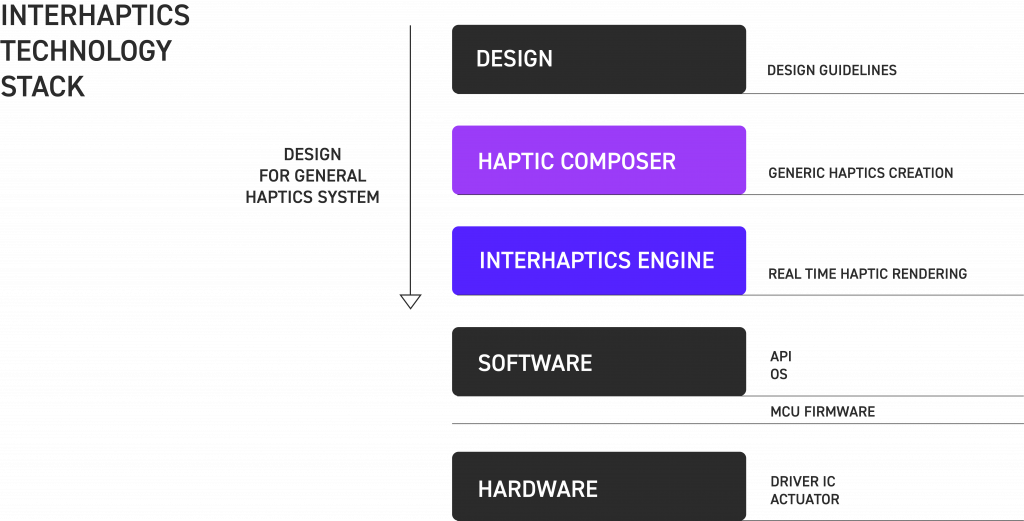
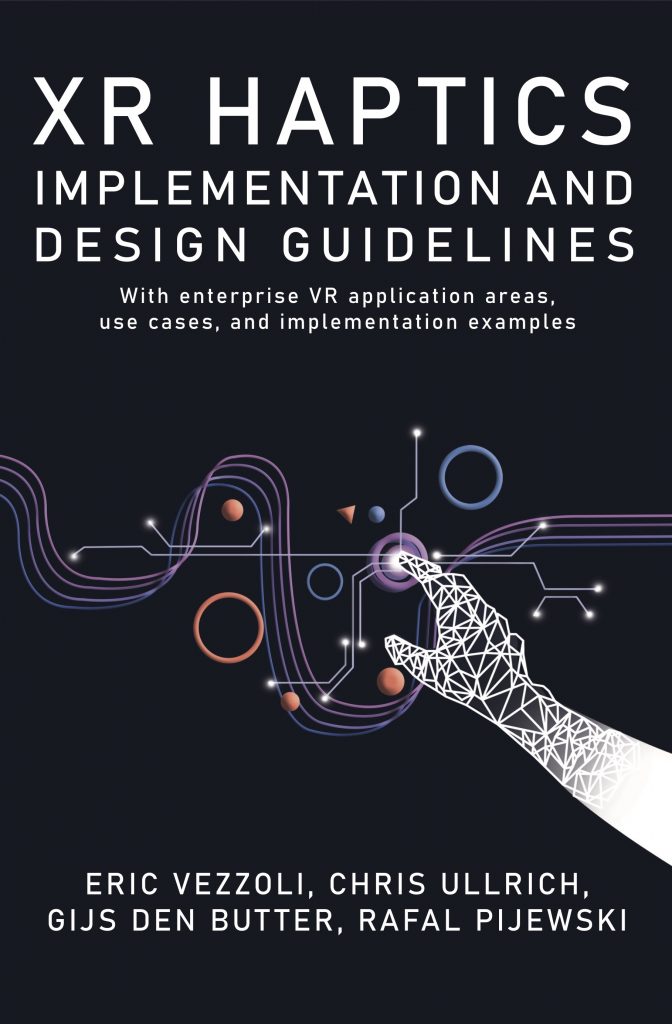
Incorporating haptic feedback into an extended reality (XR) project can dramatically impact the user’s sense of presence and agency, which increases training value and engagement with the XR experience. The key challenge that many developers encounter when incorporating haptics is the immaturity of tooling, lack of a universal SDK, and critical design, implementation, and playback differences from audio and visual experience components. This may seem daunting, but with the correct perspective and expectations, haptics can generate real value-add without derailing project timelines or budgets.
This book aims to provide a practical guide for achieving the promise of haptics in XR projects.
Alongside the book XR Haptics implementation and design guidelines, a masterclass was hosted in collaboration with MIT and HIF on Haptics in XR. The lesson goes through the basics of haptics, parameters, and dimensions of touch, it also explains the challenges of haptics device manufacturing by both the actuators and the human body receptors. You will understand where haptics stands on the multisensory map compared to audio and visual forms, the requirement to having a great haptics experience and the value of haptics in XR content.
“PlayStation®5”, “PlayStation®4” “DUALSHOCK” and “DualSense” are a registered trademark or trademark of Sony Interactive Entertainment Inc.

In the latest rendition of CES , Razer showcased Project Esther : The world’s first HD Haptics Gaming Cushion. Interhaptics is a software company specializing
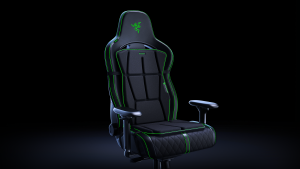
Gamers love watching live streams, seeing their favorite players make incredible plays and get the wins – but what if we could take the action to the next level,
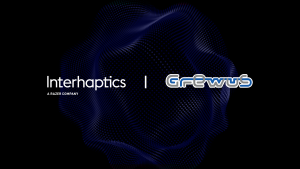
Interhaptics, the leading provider of HD haptic software solutions for immersive and interactive applications, powers Razer Sensa HD Haptics. We have partnered with Grewus, a